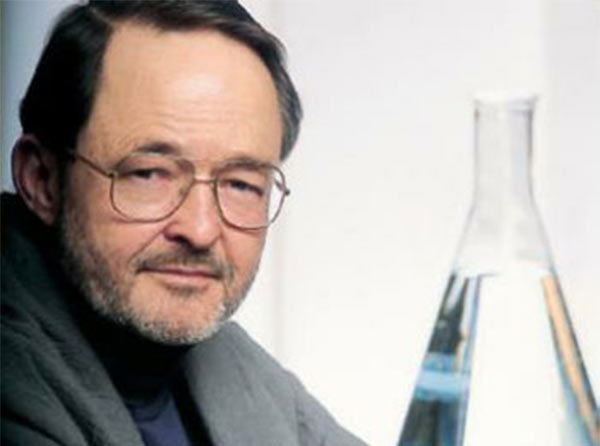Faculty
FLORIDA STATE / PEOPLE / EMERITUS FACULTY
Dr. Ralph C. Dougherty, Professor

Professional Preparation/Appointments
Ph.D. (1963) University of Chicago
Contact Information
| ralphd@chem.fsu.edu | ||
| Office | 304 DLC | 850.644.5725 |
| Lab | 346 DLC | |
Research Interest
STUDIES OF ELECTRON TRANSPORT IN METALS. ENVIRONMENTAL ENERGY CHEMISTRY, LIQUID WATER AND AQUEOUS SOLUTIONS
ELECTRON TRANSPORT IN METALS
Quantum mechanical treatment of resistivity in metals requires a complete restructuring of the theory of electron transport in metals and superconductivity. At this point the theory is qualitative, but is capable of clear predictions. Among these predictions: Cu, Ag, and Au will never, as pure metals, be superconductors; metallic states of hydrogen and xenon will never be superconductors; the highest possible Tc superconductors will have f basis set conducting bands, if conductors of this type are indeed attainable; the conducting band in cuprate superconductors involves only the d wave functions on the copper atoms, there is no involvement of the oxygen atoms in conduction; grapheme will be a doped superconductor in the same class as doped SWINT’s; there is no first order phase transition in going from resistive to superconducting states for doped grapheme type superconductors; the superconducting phase transition for doped grapheme superconductors is a continuous phase transition.
ENVIRONMENTAL ENERGY CHEMISTRY
By use of biological models we have developed an electrochemical catalyst for the production of hydrogen and oxygen from water that has an approximately ideal (0.008) electron transfer coefficient. Our present efforts are directed to realization of hydrogen production and electric fuel cell applications of these catalysts.
STRUCTURE OF WATER AND AQUEOUS SOLUTIONS
The existence of a structural equilibrium in liquid water was recognized by Röntgen in the nineteenth century. The complexity of this equilibrium, and its importance to the properties of water and aqueous solutions of electrolytes and hydrophobic substances, has only recently been appreciated. The water structural equilibrium is responsible for the structure of the PVT surface of the liquid.
Introduction of electrolytes or hydrophobic materials into water perturbs the water equilibrium. As a result of this, modeling the properties of dilute ionic or protein solutions requires direct consideration of the thermodynamics of liquid water, in addition to the quantum mechanical interactions between ions and water and water with itself. Our approaches to this problem involve the use of perturbation.
Publications
Publications
| Dougherty, R.C. Superconductivity, A Physical Chemical Perspective. 2009 (Submitted) |
| Dougherty, R.C. Magnetoresistance. 2009 (Submitted) |
| Dougherty, R.C. Resistivity. 2009 (Submitted) |
| Merrill, M.D..; and Dougherty, R.C. Metal Oxide Catalysts for the Evolution of O2 from H2O J. Phys. Chem. C. 2007, 112, 3655-3666 |
| Alphonse, N.; Dillon, S.R.; Dougherty, R.C.; Galligan, D.K.; and Howard, L.N. Direct Raman evidence for a weak continuous phase transition in liquid water J. Phys. Chem. A 2006, 110, 7577-7580 |
